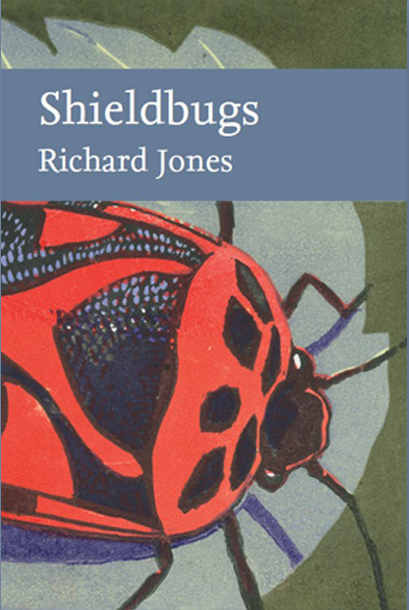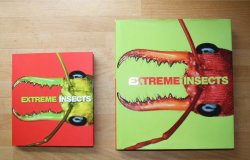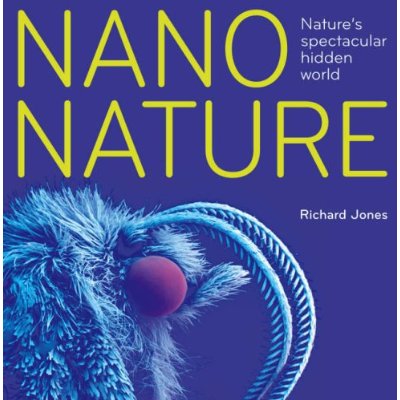Yesterday, 12 November, was the 2016 BENHS Annual Exhibition, held at Conway Halls, Holborn. As usual it was a chance to meet up and chat with old friends and colleagues, and have a look at the exhibits they’d brought up. The old friends were there, apart from the ones that weren’t. Yet again, I think numbers were down. Exhibits were up, maybe, mostly. But I did notice the British butterflies section was completely empty.
- The ‘other orders’ looking a bit thin.
- Entomologists adopt the stoop.
- The prize for the smallest successfully pinned specimen goes to ….
- A portmanteau exhibit, but with beetles so can’t be bad.
- British butterfly exhibits still hovering around the zero mark.
- If you find a spider in the bananas you call the Daily Mail, if you find a psychid larval case you exhibit it here.
- This lovely insect is spreading far and wide now, after arriving about 8 years ago.
- I’m always super impressed by this spectacular moth; never found one myself.
- My specimen of ???? is photographed for the Society’s journal. Despite being misidentified. More later….
- View 2.
- View 3.
- View 4.
- Having been passed by for decades, maybe ichneumons will be the next burgeoning interest group.
- Not lunch, part of a sawfly exhibit.
Over the years the popularity of various insect groups exhibited at the annual exhibition has been a compass of the direction of entomological interest of the members. When I first joined (1976) Lepidoptera was very big, divided more or less evenly between butterflies, macros and micros. The ‘other’ orders together barely made up the fourth quarter. Things have changed. Coleoptera, Diptera, Hemiptera and Hymenoptera now have their own significant sections of the hall. There aren’t many ‘other’ orders left — Trichoptera and a few odds and sods.
This year there was not a single British butterfly exhibit. Showing wild-caught butterflies has always been fraught — frowned on my some, mocked by others —but there were usually several examples of breeding experiments to work out the genetic control of pattern formation and aberration. Where were they? Who knows?
The point of the exhibition, in terms of meeting other entomologists, communicating findings, exchanging ideas, has changed since the society was founded 144 years ago. There is now something peculiarly archaic about poring over trays of pinned insect specimens. Except, this is still an important and useful way of learning. Comparing specimens of the pied shieldbug Tritomegas bicolor and the newly discovered T. sexmaculatus really does highlight the distinctions in the white markings. And I can now confirm that the blue jewel beetle Agrilus biguttatus can occur as a metallic green morph too, I saw it with my own eyes — just the thing to cause confusion if ever the emerald ash-borer A. planipennis, reaches the UK, on its seemingly inexorable spread through Eurasia.
Nevertheless, so much quick and easy communication takes place privately now, that the public arena of the annual exhibition is looking less relevant in some quarters. Maybe the butterfly breeders feel the exhibition is no longer their venue of choice.
Previous British Entomological and Natural History Society annual exhibitions:















































































































































You must be logged in to post a comment.